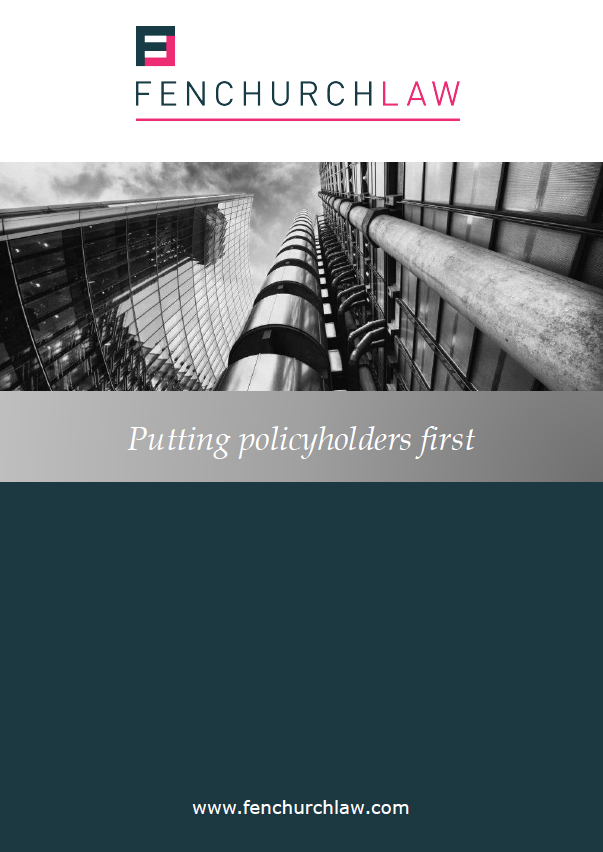
Reinstatement re-stated
In its recent judgment in Endurance Corporate Capital v Sartex (05/03/20), the Court of Appeal confirmed that, absent any contractual provision to the contrary, the appropriate basis of indemnity in a property policy is the reinstatement basis – ie, the cost of repairing/replacing the damaged/destroyed building. The only exception is is where, at the time of the loss, the policyholder had been planning to sell the building, rather than continuing to use it.
The Court of Appeal rejected the Insurer’s case that, in order to be entitled to the cost of reinstatement (rather than merely the decrease in market value, where that was lower), the policyholder needed either to have already carried out the reinstatement itself or at least – as per Great Lakes v Western Trading (CoA, 11/10/16) – to have held a “fixed and settled intention” to do so. In a blow to property insurers, the Court of Appeal ruled that this requirement only applied in the very rare situation where the flood, fire, etc had increased the value of the building – as had occurred in the Great Lakes case (see https://www.fenchurchlaw.co.uk/ordinary-measure-indemnity-great-lakes-reinsurance-uk-se-v-western-trading-limited/).
In a further blow to property insurers, the Court of Appeal held that they cannot apply a blanket percentage discount (in practice, often as much as 30-35%) to the cost of reinstatement, to represent the alleged betterment where an old building was replaced using modern materials. A deduction for betterment will be permitted only where insurers can prove and quantify the lower running costs of the new building or, in the case of new plant & machinery, its greater efficiency.
https://www.bailii.org/ew/cases/EWCA/Civ/2020/308.html
Jonathan Corman is a partner at Fenchurch Law
Other news
Fenchurch Law expands into Scandinavia with Denmark office launch
31 October 2024
Fenchurch Law, the award winning international law firm working exclusively for insurance policyholders and brokers,…



